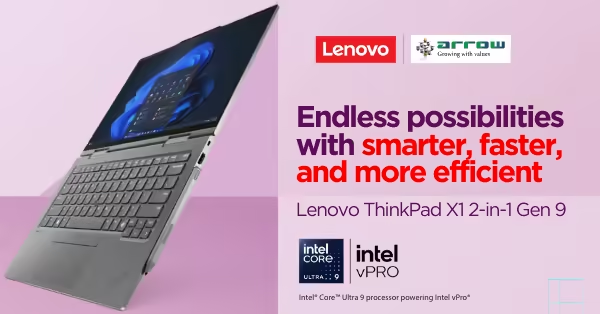There’s a distinct shift happening in Silicon Valley. Smart glasses—something Google first tried over a decade ago—are making a comeback. Not as novelty tech, but as genuine tools empowered by AI. And this time, companies like Google, Meta, and Snap are all in.
Why the Smart Glasses Revival?
Remember when smartphones seemed unstoppable? Now they feel predictable. The market’s ripe for something new—and companies are betting big on wearable tech. Smart glasses powered by ARTIFICIAL INTELLIGENCE can interpret what you see, listen to your voice, and offer real‑time answers. That’s a huge leap from pressing buttons or tapping screens.
I got hands-on with a prototype last year. All I did was hold up a bottle of bourbon and ask Google’s assistant for cocktail ideas—on the spot. Later at a demo, it recognized a coffee cup I’d glimpsed hours earlier and told me where it came from. It wasn’t a gimmick—it was smart, contextual tech that felt useful.
What’s Different This Time Around
In the past, gadgets like Google Glass or Snap’s Spectacles were fun but limited. Tiny HUD, awkward designs, short battery life—you name it. Now, thanks to huge strides in AI, the next-gen versions like the Ray‑Ban Meta glasses handle image and speech like never before. One pair I tried translated a conversation with someone in real time. Meta says they’ve sold over two million units since launch—that’s significant traction.
Meta’s CEO has even suggested these glasses could replace smartphones someday. It sounds bold—but with Google integrating camera-based search and Snap promising smart glasses by 2026, you can see why excitement is building.
Where the Opportunity Lies for Business Tech
For companies delivering enterprise solutions like Arrow PC Network this renaissance in wearable tech opens big doors. Imagine field technicians receiving visual overlays in real time, or customer service reps accessing product manuals hands-free. IT Services by Arrow PC Network could soon work in tandem with AI eyewear to help clients modernize operations, secure data streams, and stay ahead in competitive markets.
Overcoming the Real‑World Challenges
It’s not all straightforward. Privacy concerns still linger—people remember the backlash against Google Glass when it first showed up at parties and public spaces. Now even with indicator lights meant to show when recording is happening, some are wary.
Then there’s cost. Ray‑Ban Meta glasses run about $300—reasonable for a life‑changing device, but still a luxury for many. And let’s be honest: if you don’t need glasses to see, will you really wear them every day?
Still, when IDC analyst Jitesh Ubrani says “this won’t happen overnight, but everyone wants to be ready,” he’s echoing the sentiment in boardrooms and product labs.
Are You Ready to Wear the Future?
Smart glasses aren’t just making a return—they’re heralding a new era of AI‑powered interaction. These aren’t toys. They’re potentially transformative tools—contextual assistants that live in our line of sight. And with major players like Google, Meta, and Snap making bold moves, this could be the turning point.
For businesses working with IT Services by Arrow PC Network, prepping for this era means building systems that can integrate wearable hardware, secure communications, and data analytics. That future might sit right in front of our eyes—literally.




